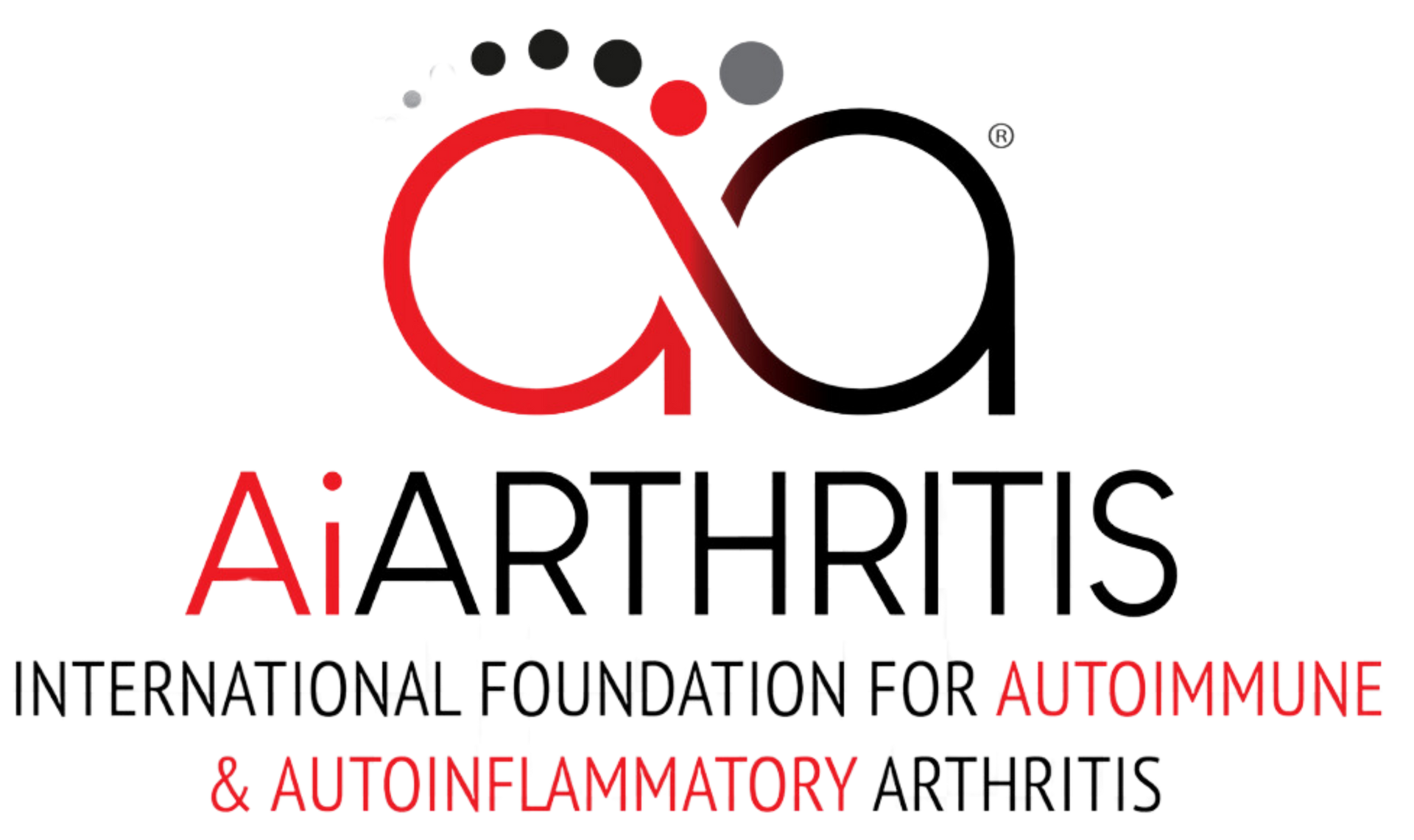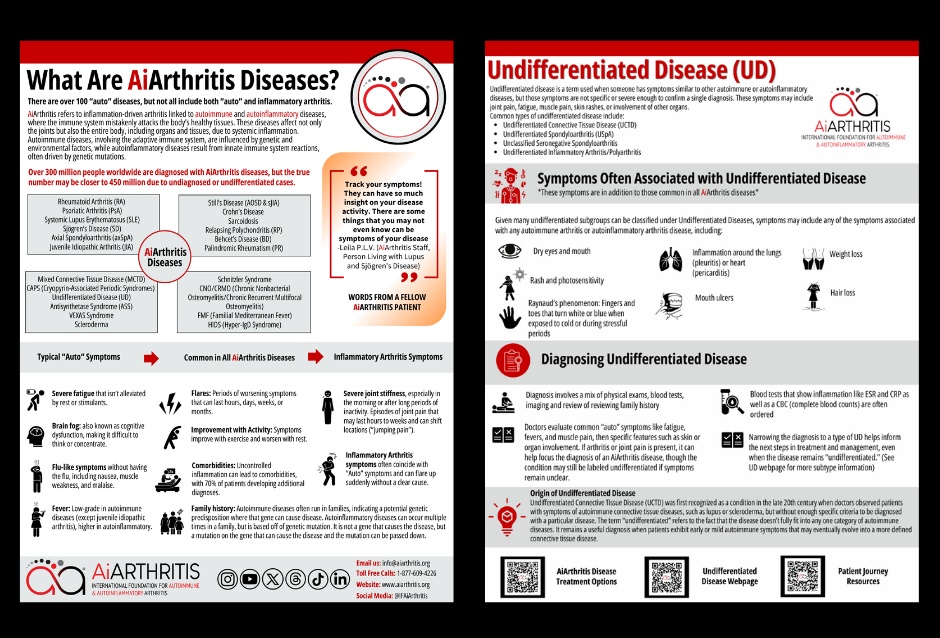Sjögren's disease is often characterized by its hallmark symptoms—dry eyes, mouth, and other areas—but its systemic impact and complexity demand a deeper understanding. At ACR 2024, researchers shared groundbreaking advancements in diagnostics, imaging, and clinical trials that are paving the way for improved care. Here’s how these developments could transform the lives of those living with Sjogren’s.
Advancing Sjögren's Disease Research: A Hopeful Future for Patients
Challenges in Sjögren's Disease Treatment
Dr. Alan Baer of Johns Hopkins University highlighted significant hurdles in advancing therapies for Sjogren’s disease, including:
- Discrepancy in Disease Measurement:
- Tools like the EULAR Sjögren's Syndrome Disease Activity Index (ESSDAI) and the EULAR Patient Reported Index (ESSPRI) often fail to align, complicating evaluations in clinical trials.
- Slow Disease Progression:
- The gradual nature of Sjögren's progression limits the ability to detect meaningful outcomes within typical clinical trial timelines.
- Limited Inclusion in Trials:
- Many trials exclude seronegative patients, reducing the applicability of findings to the broader patient population
Despite these challenges, the focus on patient-reported outcomes and systemic symptoms is a step forward, aiming to address both the immediate and long-term impacts of the disease.
Novel Imaging Techniques for Earlier Diagnosis
Dr. Josevar from Slovenia presented promising advancements in imaging technology:
- Ultrasound of Salivary Glands:
- This technique shows potential in diagnosing Sjögren's earlier and tracking disease progression.
- However, it must be combined with other clinical and histological assessments for accuracy.
- MRI and Sialendoscopy:
- These methods are being explored to detect changes in salivary glands that are not visible with traditional techniques.
While imaging advancements are promising, they remain focused on glandular symptoms, underscoring the need for tools that also capture systemic manifestations of the disease.
Discover More Of Our Resources
Progress in Clinical Trials
Dr. George Bruin from the Netherlands reviewed two decades of clinical trials, highlighting both setbacks and progress:
- Past Challenges:
- Many trials failed to demonstrate significant improvements in symptoms or biological markers.
- A robust placebo effect in studies further complicated the evaluation of drug efficacy.
- Current Optimism:
- Over 20 trials are now underway, with three reaching phase three—indicating promising results that warrant further study.
- Pharmaceutical companies are prioritizing autoimmune diseases, suggesting increased resources for Sjögren's research.
One audience member insightfully noted that longer trials may be needed to capture the full therapeutic effects, particularly in a slowly progressing disease like Sjögren's.
What This Means for Patients
The renewed focus on Sjögren's disease brings hope to patients:
- Earlier Diagnosis:
- Imaging advancements could reduce diagnostic delays, enabling earlier intervention and better management of symptoms.
- Better Understanding of Systemic Symptoms:
- Tools that incorporate both glandular and systemic involvement may provide a more holistic picture of the disease.
- Potential New Treatments:
- The progress in clinical trials, particularly those reaching phase three, suggests that new therapies tailored to Sjogren’s unique challenges may soon be within reach.
Learn More About Sjögren's Disease
A Call for Cautious Optimism
While these advancements are exciting, researchers emphasize the need for measured expectations. As clinical trials evolve and diagnostic tools improve, patients should remain hopeful but understand that significant breakthroughs take time.
A Brighter Future for Sjögren's Research
The growing interest in Sjögren's, evidenced by packed sessions at ACR 2024, signals a shift in the attention given to this often-overlooked disease. With continued collaboration between researchers, clinicians, and patients, the path forward looks promising. Together, we can foster a future where those living with Sjogren’s receive the care, understanding, and support they deserve.








